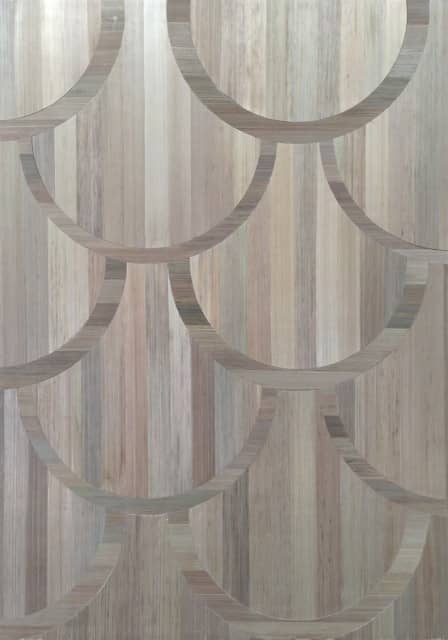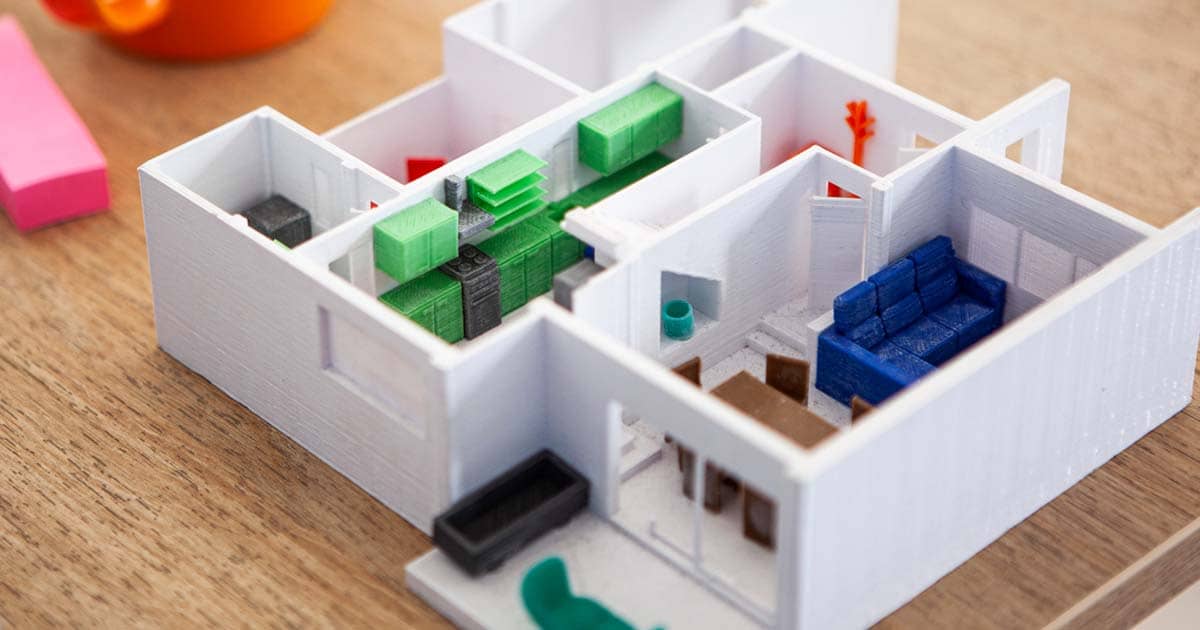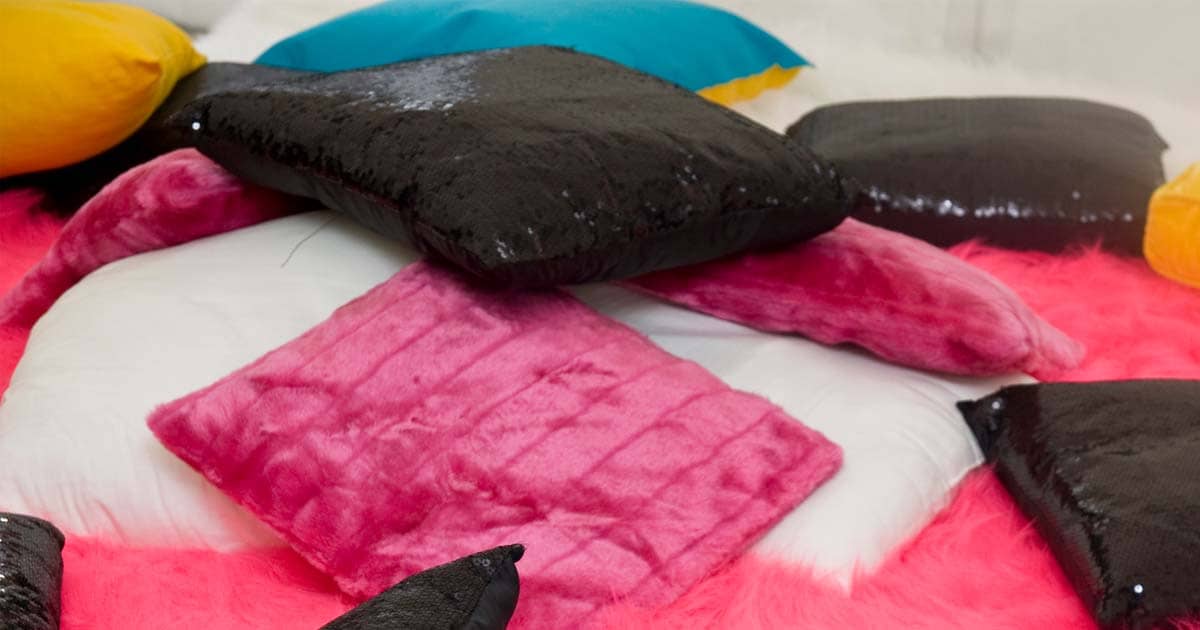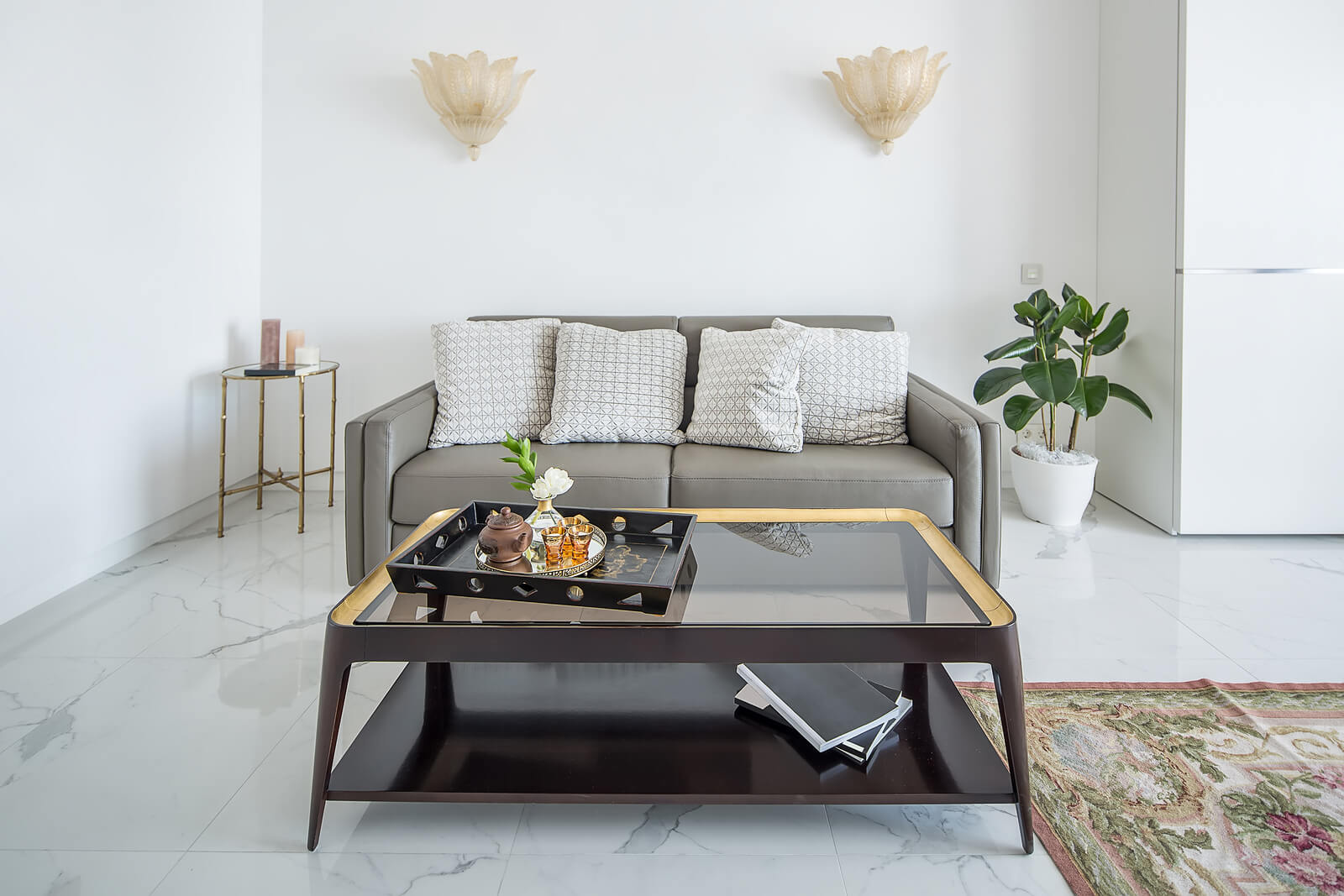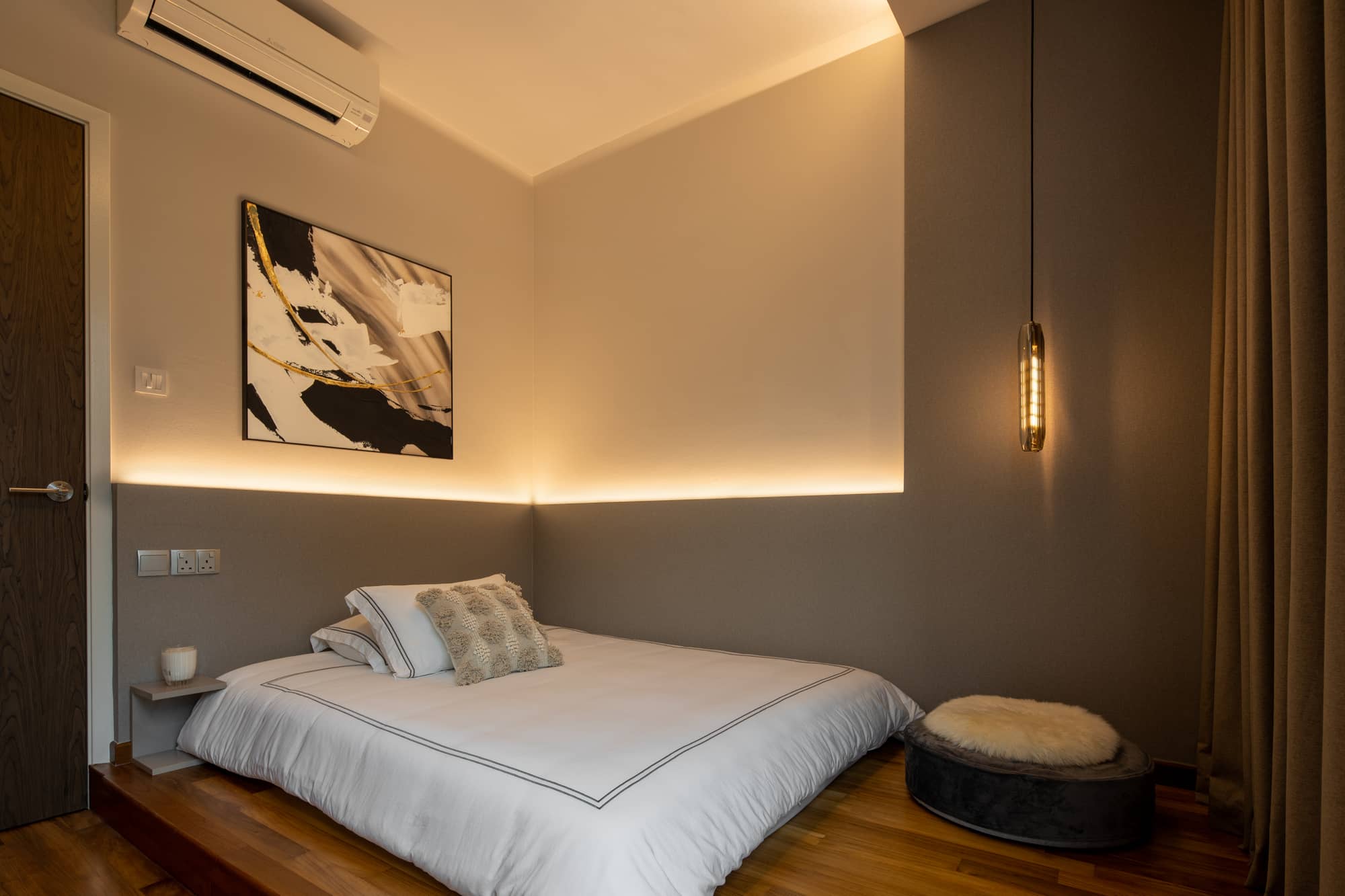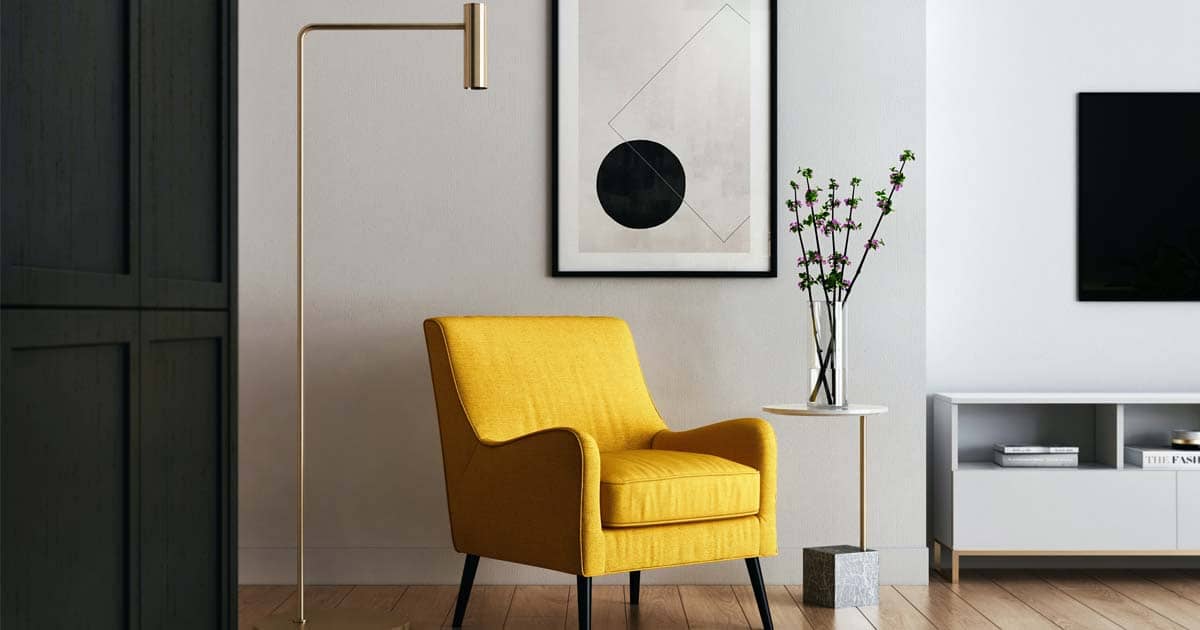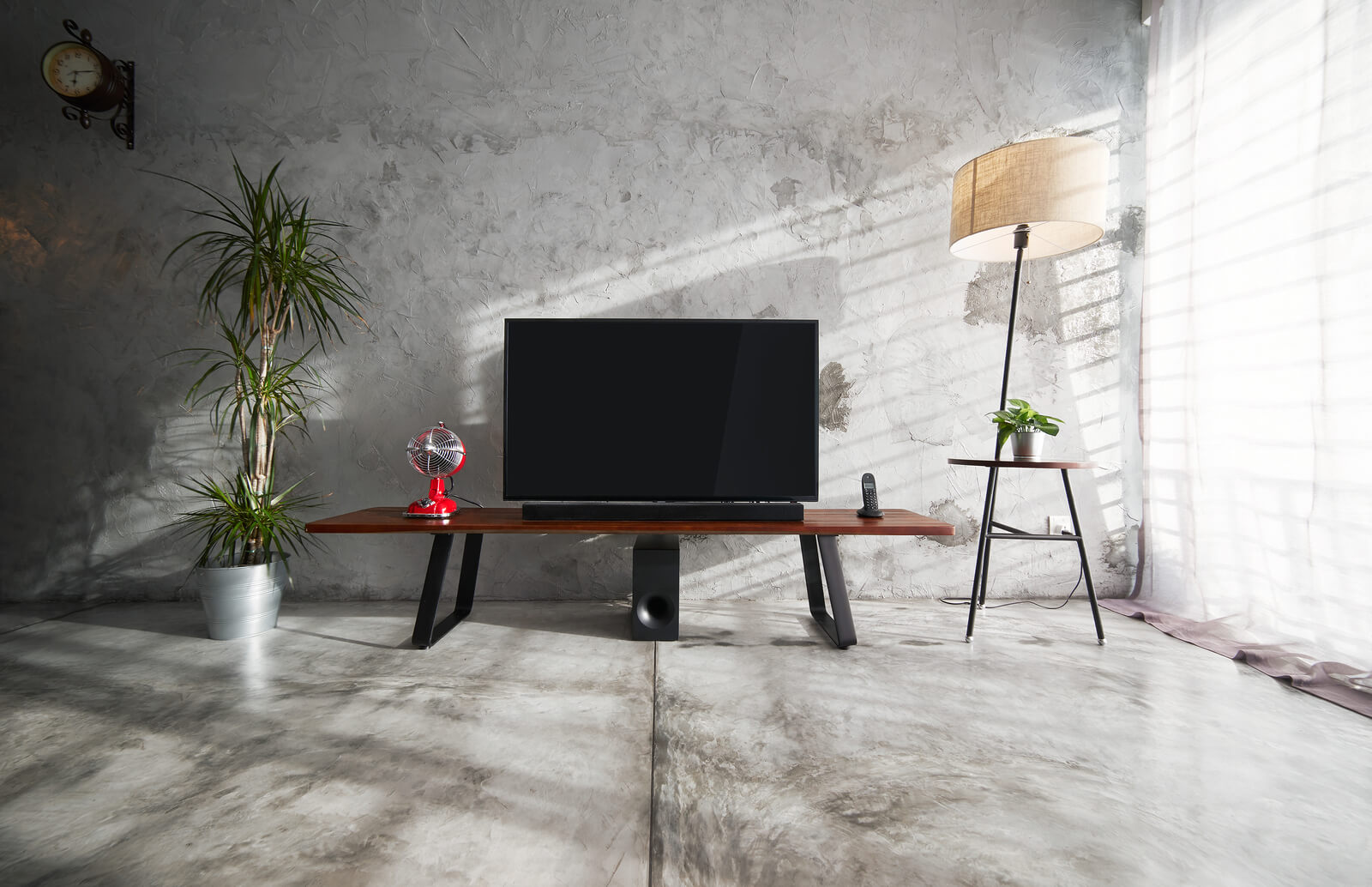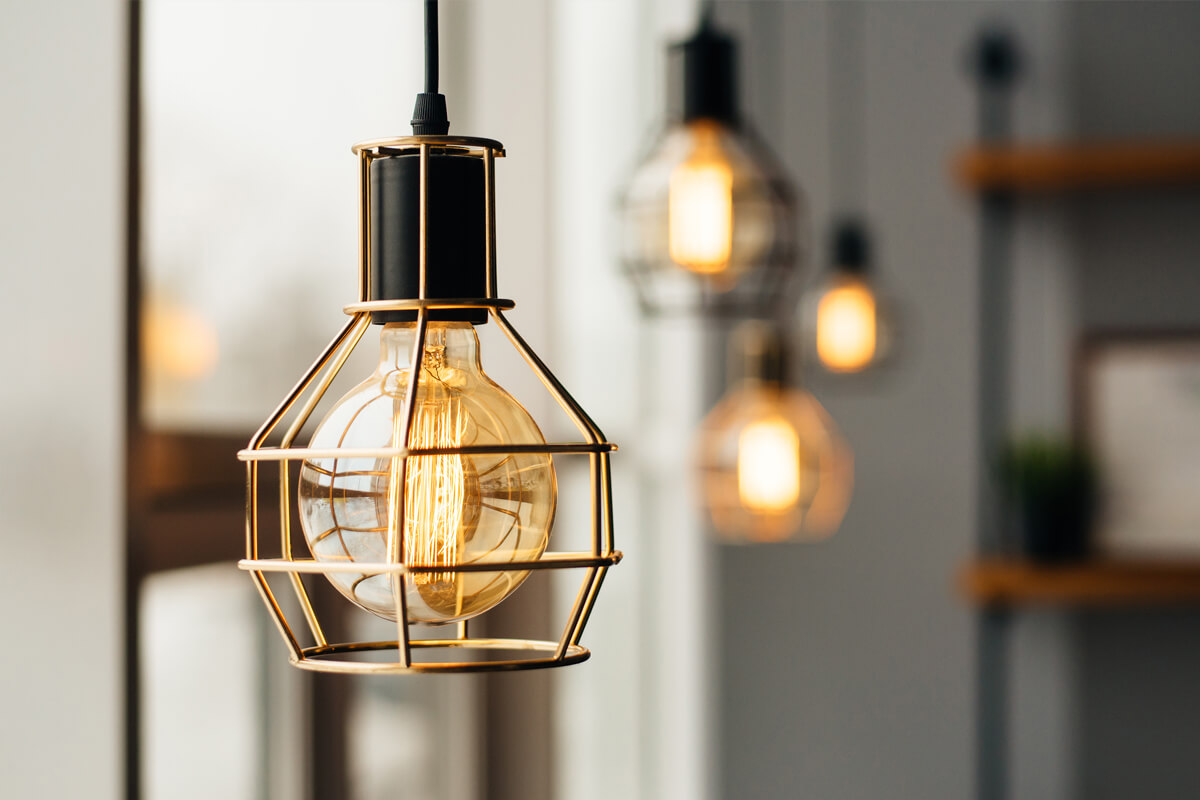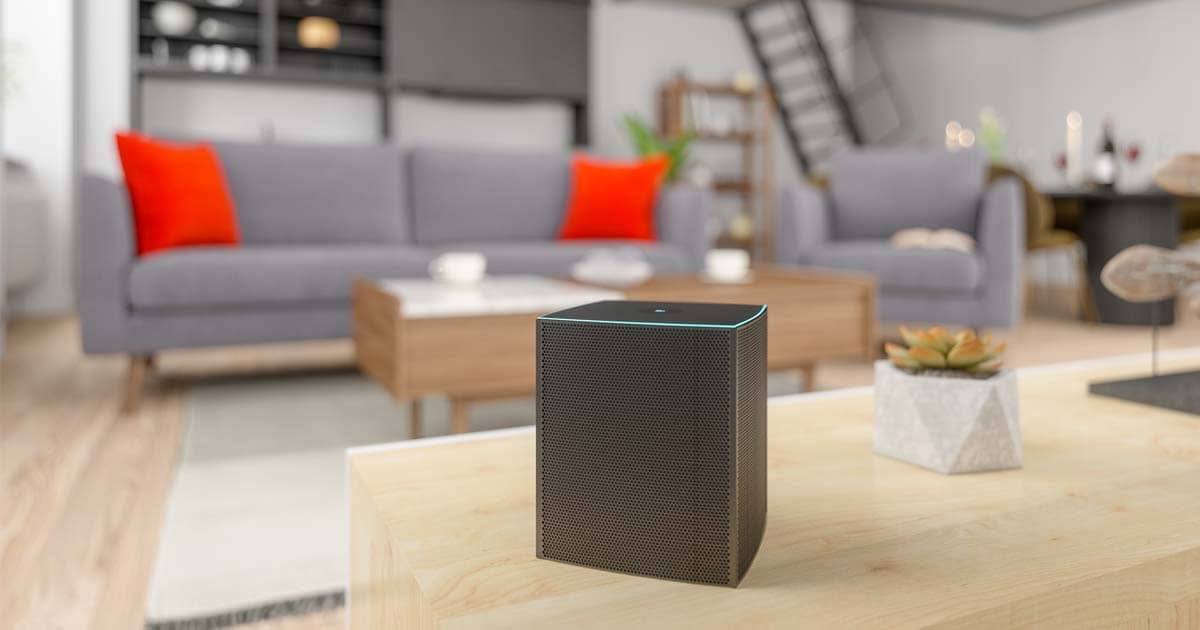Furniture ranks among the interior design elements that have the biggest impact on the appearance of your home. With so many choices, you can go in any direction that seems appealing. Regardless of the style you pick, however, there’ll always be an important consideration – should you choose mass-manufactured furniture pieces or have custom furniture especially designed and created for you?
The pros and cons of each approach are obvious. There isn’t a single answer when it comes to what’s best.
To determine what type of furniture is best for your home, you’ll need to examine a few key aspects of the renovation.
Renovation Statement Pieces: Furniture or Something Else?
Every good interior designer will tell you that a room needs a focal point. That focal point could be a piece of furniture, an artwork, a beautiful Persian carpet or maybe even some impressive electronics and multimedia pieces.
In order to choose the right kind of furniture for each room, you’ll need to figure out what the focal piece is going to be.
If you’d like to make a piece of furniture the main element, you may want to go for a custom or a designer piece. These types of furniture have much more distinctive appearance than ready-made items. They will stand out and give you something unique to base the rest of the room design off of.
People who are simply looking for functionality and convenience in their furniture will do well with store-bought items. And sometimes, commercial stores can feature some intriguing options that look more distinctive and appealing. These bring together the best of both worlds, maintaining functionality while also enhancing the visual style of the room.
Next, you’ll need to focus on a practical consideration.
What’s your furniture buying budget?
The answer to that question is going to be highly determining for the kind of furniture you can afford.
It’s a well-known fact that custom and designer pieces are more expensive than mass-manufactured furniture. You should also keep in mind the fact that such furniture takes longer to produce. If you need to finish the project quickly and you’re pressed by time, store-bought furniture may be a better choice.
Ready-made furniture pieces will be available immediately and you’ll find a huge range of styles and possibilities to choose among. If you discover something you like and you’re happy with the price, store-bought can really make your life easier as far as budgeting and deadlines are concerned.
How Adaptive Should the Furniture Be?
Here’s one way in which store-bough furniture misses the mark. Going for this choice means you’ll have to deal with some rigidity.
The furniture pieces available in various home décor and improvement stores is completed in terms of design and functionalities. Size and scale cannot be changed either. This means that often, you’ll have to make adjustments in other aspects of the renovation in order to accommodate for such pieces.
Custom furniture, on the other hand, gives you a ton of adaptability.
You’re in charge of style, size, functionality and the materials such furniture is made of. Working with a carpenter or a designer allows you to execute an idea or bring together possibilities that aren’t usually combined.
If you have a small and irregularly-sized niche that you’d like to create a cabinet for, for example, you’ll find it difficult to pick a store-bought item. Custom cabinetry, on the other hand, will result in a perfect match and allow you to utilise that space to the last millimetre.
Thinking about Sustainability
Sustainability is an important criterion for the selection of furniture.
So, how does it play into the selection of ready-made or custom pieces?
Mass-manufactured furniture is the less sustainable choice. If you want environmentally-friendly pieces, choose brands that have certification and that use sustainable materials (and don’t use chemicals that are harmful to the environment like VOCs).
Custom furniture can be made in any way you prefer. A one off project may be a bit more wasteful than mass-manufacturing but you’re in charge. If you come an agreement about sustainability considerations, you’ll get a piece that has a low footprint.
Also, custom pieces tend to be of higher quality than mass-manufactured items (there are exceptions but this is a typical scenario). Having a piece you’ll use for many decades is the environmentally-conscious thing to do.
If you are seeking ways to boost sustainability when it comes to furniture choices, there’s one more possibility to explore. We’ve talked about vintage furniture in the past and we definitely believe it has its place in every home.
Vintage furniture is very often well-made, distinctive and authentic to a certain time period. At the same time, it is much more affordable than custom and designer pieces. You should always consider this option before looking into the other two. Vintage shops often hide tremendous treasures that are worth exploring.
As you can see, the right kind of furniture is the one that matches your renovation specifications.
Work with a home interior design company will help you decide and give you satisfaction with the final choice.
Home Guide’s team can guide you through furniture selection among many other home renovation processes. Contact us today to make your living space better, more stylish and exciting.



